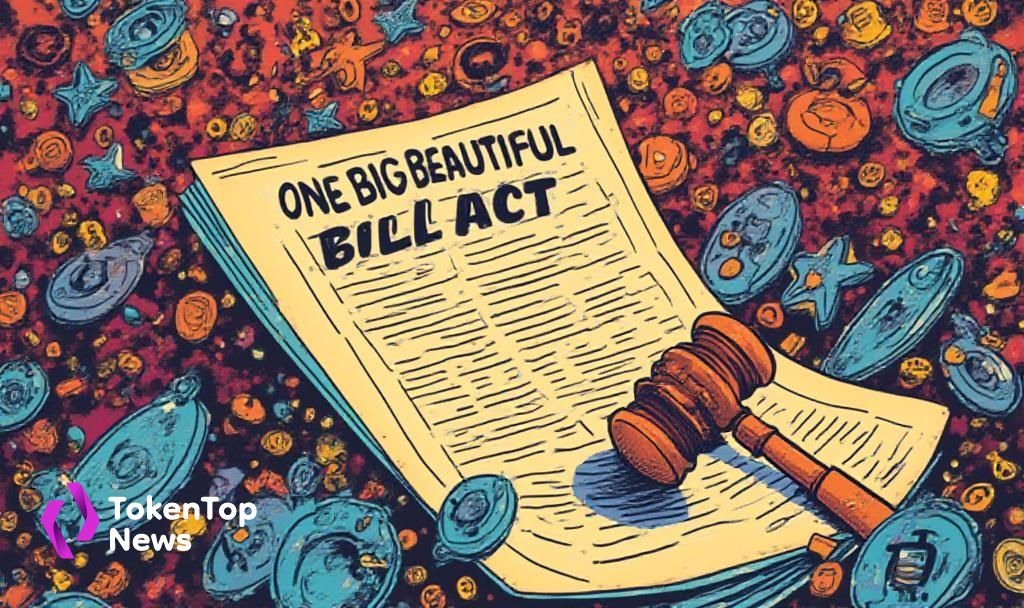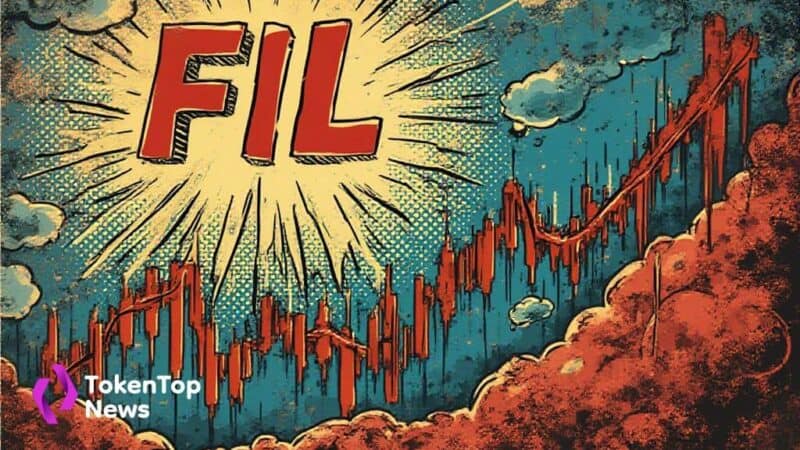Trump’s New Bill Could Reshape Crypto Tax Landscape
- Potential changes in crypto taxation discussed under Trump’s new bill.
- Possible tax relief for miners and stakers.
- Legislative discussion may influence crypto market trends.

President Donald Trump is advancing the “One Big Beautiful Bill Act” with potential implications for cryptocurrency taxation being debated in the Senate.
The proposed amendments in cryptocurrency taxation within the bill might shift the crypto market’s trajectory by influencing transaction volumes and investor interest.
The “One Big Beautiful Bill Act” driven by Donald Trump could amend cryptocurrency taxation. Senate debates focus on tax reductions for minor crypto transactions, affecting miners and stakers. Senator Cynthia Lummis has introduced amendments to address double taxation issues and clarify tax treatments.
Key players include President Trump and Senator Lummis, emphasizing tax relief for miners and stakers. According to Senator Cynthia Lummis, “For years, miners and stakers have been taxed TWICE. Once when they receive block rewards, and again when they sell it.”
The financial markets are closely monitoring the potential influx of capital stemming from significant tax cuts. Cryptocurrencies like Bitcoin and Ethereum might benefit as safe-haven assets. The legislation’s pro-crypto sentiment may boost stablecoin and DeFi volumes, affecting market liquidity positively.
Historical precedents show similar legislation influenced BTC and ETH’s volatility. This could result in market stabilization if past trends apply. The industry’s reaction remains cautiously optimistic as lawmakers finalize tax amendments. Continued attention to legislative progress is crucial for understanding its full impact.
Insights suggest the bill’s acceptance might spur market growth due to clearer regulations. Previous legislation that favored tax leniency boosted market participation and DeFi activity. As discussions progress, potential shifts in regulatory frameworks are anticipated to influence broader economic environments.




